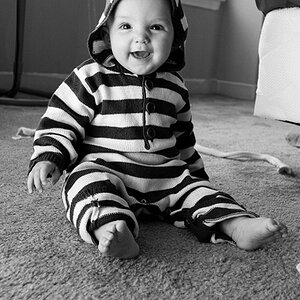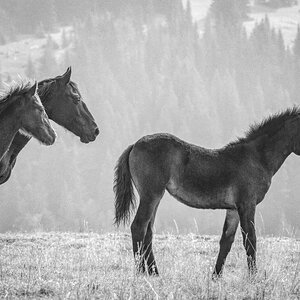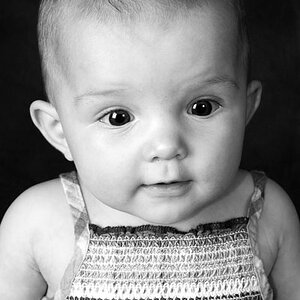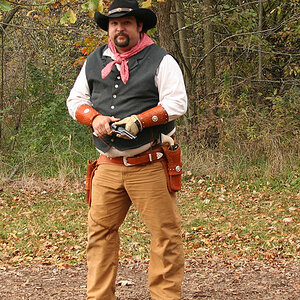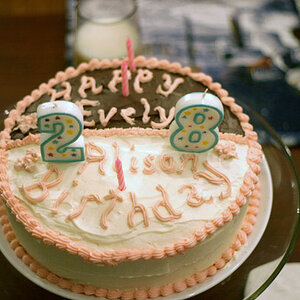Sam3d
TPF Noob!
- Joined
- Feb 15, 2017
- Messages
- 6
- Reaction score
- 0
- Can others edit my Photos
- Photos OK to edit
Hello all, please allow me to quickly introduce myself,
At 39 I just discovered that I have a passion for photography, however, never in my life had I been interested, this mean that I am completely starting form zero.
I have been reading and watching vids a lot and I'm starting to comprehend the exposure triangle, I got me a new camera, Nikon Coolpix p900, which I know it could and could not be the right camera for me, but I couldn't resist the superzoom. In any case, Ive beet taking pictures in different modes, but trying to stick to Manual mode as that's what I've read.
I guess the my main question for now would be, how can the advanced guys see such subtle differences from one picture to the other? is that a skill that developes with time?
here are some of the first pix Ive taken with my camera, any constructive criticism would be very much appreciated.
thanks
Sam


At 39 I just discovered that I have a passion for photography, however, never in my life had I been interested, this mean that I am completely starting form zero.
I have been reading and watching vids a lot and I'm starting to comprehend the exposure triangle, I got me a new camera, Nikon Coolpix p900, which I know it could and could not be the right camera for me, but I couldn't resist the superzoom. In any case, Ive beet taking pictures in different modes, but trying to stick to Manual mode as that's what I've read.
I guess the my main question for now would be, how can the advanced guys see such subtle differences from one picture to the other? is that a skill that developes with time?
here are some of the first pix Ive taken with my camera, any constructive criticism would be very much appreciated.
thanks
Sam



![[No title]](/data/xfmg/thumbnail/31/31979-ea92aca54ae865842d998c9cec534991.jpg?1619735137)
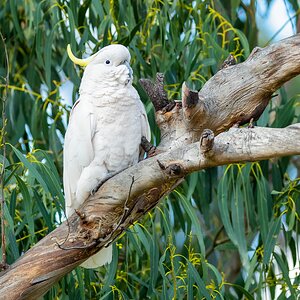
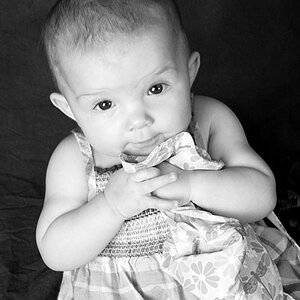
![[No title]](/data/xfmg/thumbnail/32/32180-aee1597d1cfb87ae220637f19420b65b.jpg?1619735235)
![[No title]](/data/xfmg/thumbnail/31/31977-2b717e032201241cbeae8226af23eba4.jpg?1619735136)
